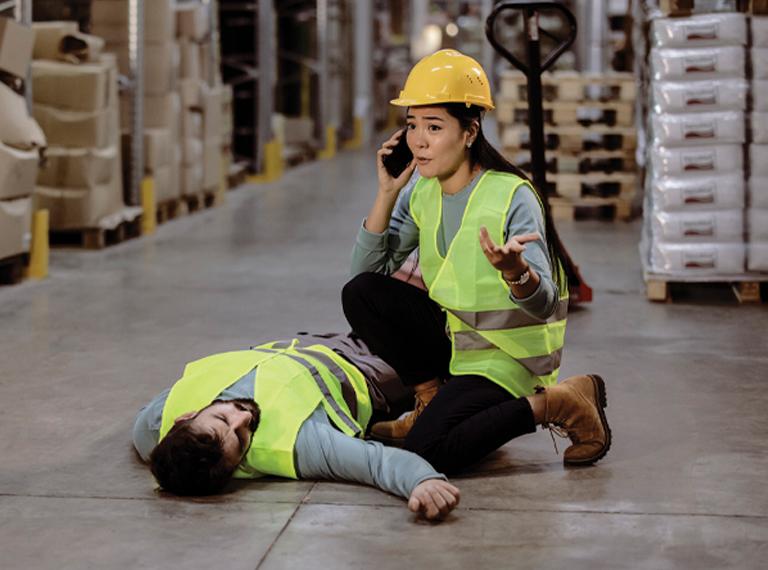Once upon a time, workplace first aiders were one or two appointed individuals who could be reliably called upon at any time during a typical working week. When hybrid working arrived, however, first aiders were no longer guaranteed to be on site, reducing the levels of safety for their colleagues. Organisations now need several trained volunteers to make up for these health and safety gaps in their on-site workforce, ideally leaving no workplace without a first aider in attendance.
Knowledge of first aid is a life skill that should be promoted to employees as an invaluable part of professional development. Its rewards are rich: the opportunity to save a life at one end of the scale and to be an ambassador for fellow employees at the other. A first aid qualification is almost certain to boost the confidence of the volunteer as well as their employer, and also makes a great addition to any CV, showing an individual’s maturity and commitment.
First aid training delivered by a reputable organisation such as the British Red Cross, St John Ambulance or those delivered via Reed Courses, should be offered to employees free of charge and within work time, with managers ready to make workload adjustments for volunteers who want to undertake the training. Employers struggling to raise interest in first aid courses should consider incentivising the training – perhaps with the promise of additional perks, rewards and recognition.
Here are some ideas of how you can attract your employees to volunteer to become workplace first aiders.
Lead by example: Employers who actively engage in first aid training set a powerful precedent. By demonstrating their commitment to safety, they inspire their employees to follow suit. Leadership is not merely about words, it’s about actions. When employees see senior employees investing in first aid training, they are more likely to recognise its importance.
Incorporate first aid training into professional development: Provide incentives such as certifications, badges, or recognition for completing first aid courses. By linking first aid education with career growth, employees are motivated to participate and expand their skill set.
Promote a supportive learning environment: Offer flexible learning schedules, access to online courses, and resources like tutorials and practice materials. Encourage peer-to-peer learning and facilitate regular practice sessions – remember to make workload allowances for those in training. A supportive environment reduces anxiety associated with learning and boosts confidence.
Highlight real-life impact: Share stories and examples of how first aid skills have made a difference. Whether it’s a life saved within the workplace or in the community, real-life impact stories humanise the learning experience. They make employees realise that their knowledge can be a lifesaving tool, instilling a profound sense of purpose and motivation to learn.
Organise regular training sessions: Conduct regular first aid workshops and simulations. Make it an ongoing initiative rather than a one-off event. Frequent exposure to first aid scenarios enhances retention and ensures that employees are well-prepared to handle emergencies confidently.
Provide resources and support: Offer access to first aid kits, manuals, and online resources. Ensure that employees know where the first aid supplies are located and how to use them. Additionally, establish a designated team or individual responsible for first aid coordination and support. Having a designated point of contact creates a sense of security among employees.
Recognise and celebrate achievements: Acknowledge and celebrate employees who have acquired first aid skills. This recognition can be in the form of awards, certificates, or even a simple shout-out during team meetings. Celebrating achievements reinforces the value of first aid education and encourages others to follow suit.
Inspiring employees to learn first aid is not just a safety measure, it’s an investment in the wellbeing and confidence of your workforce, empowering them with essential life-saving skills. In doing so, they create a workplace culture built on care, responsibility, and a shared commitment to safety.
To find a talented team member for your organisation, get in touch with one of our specialist consultants today.




